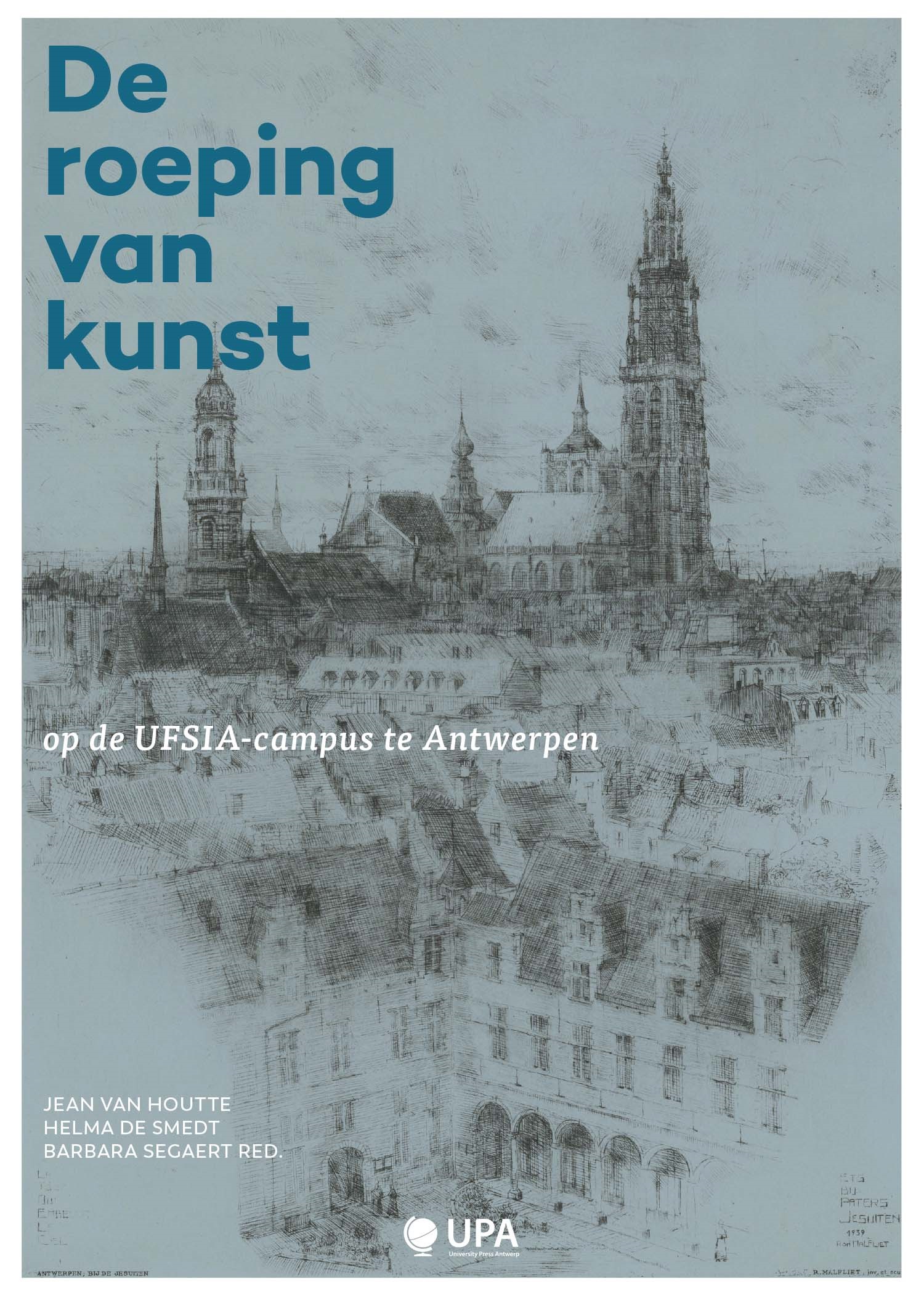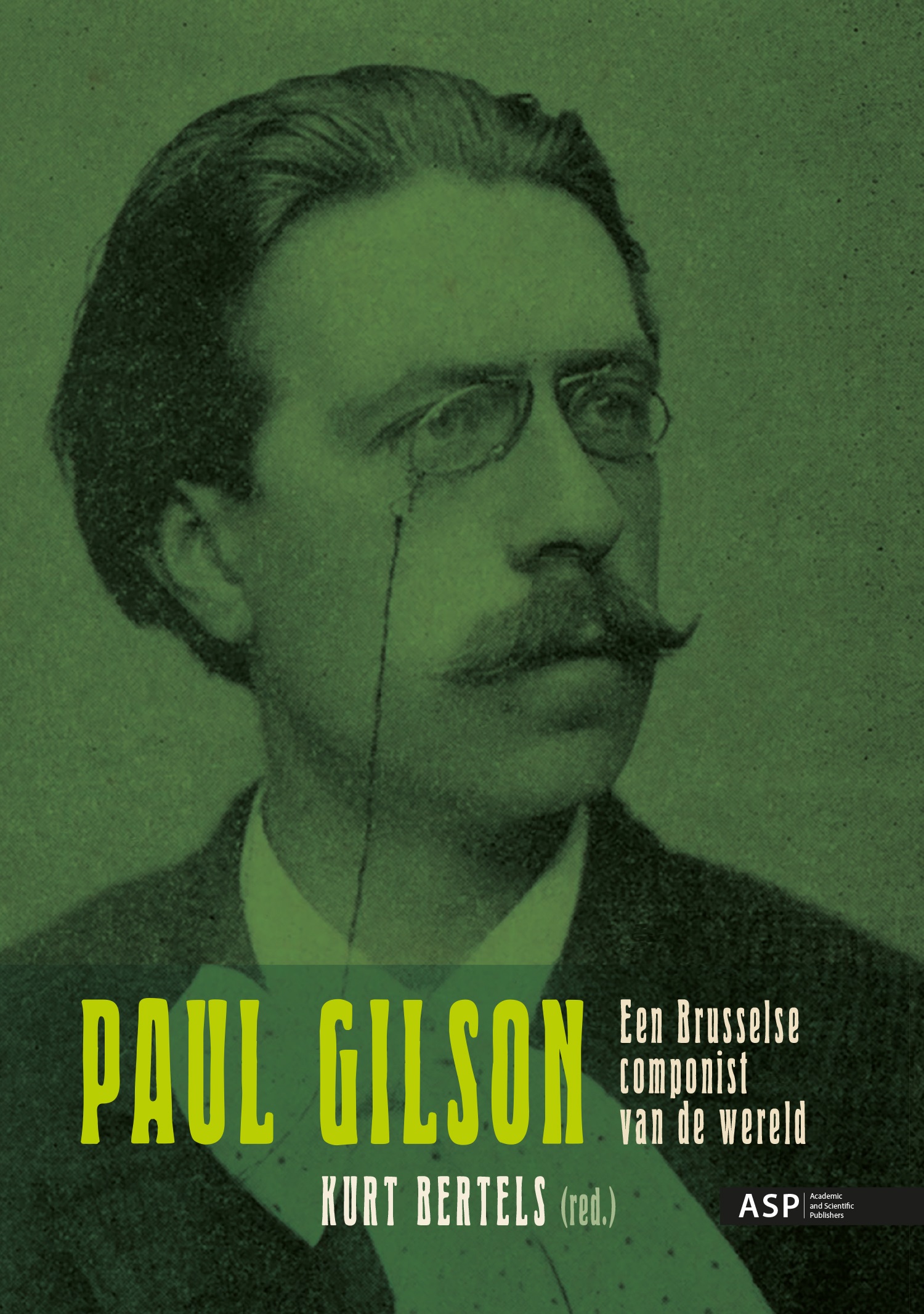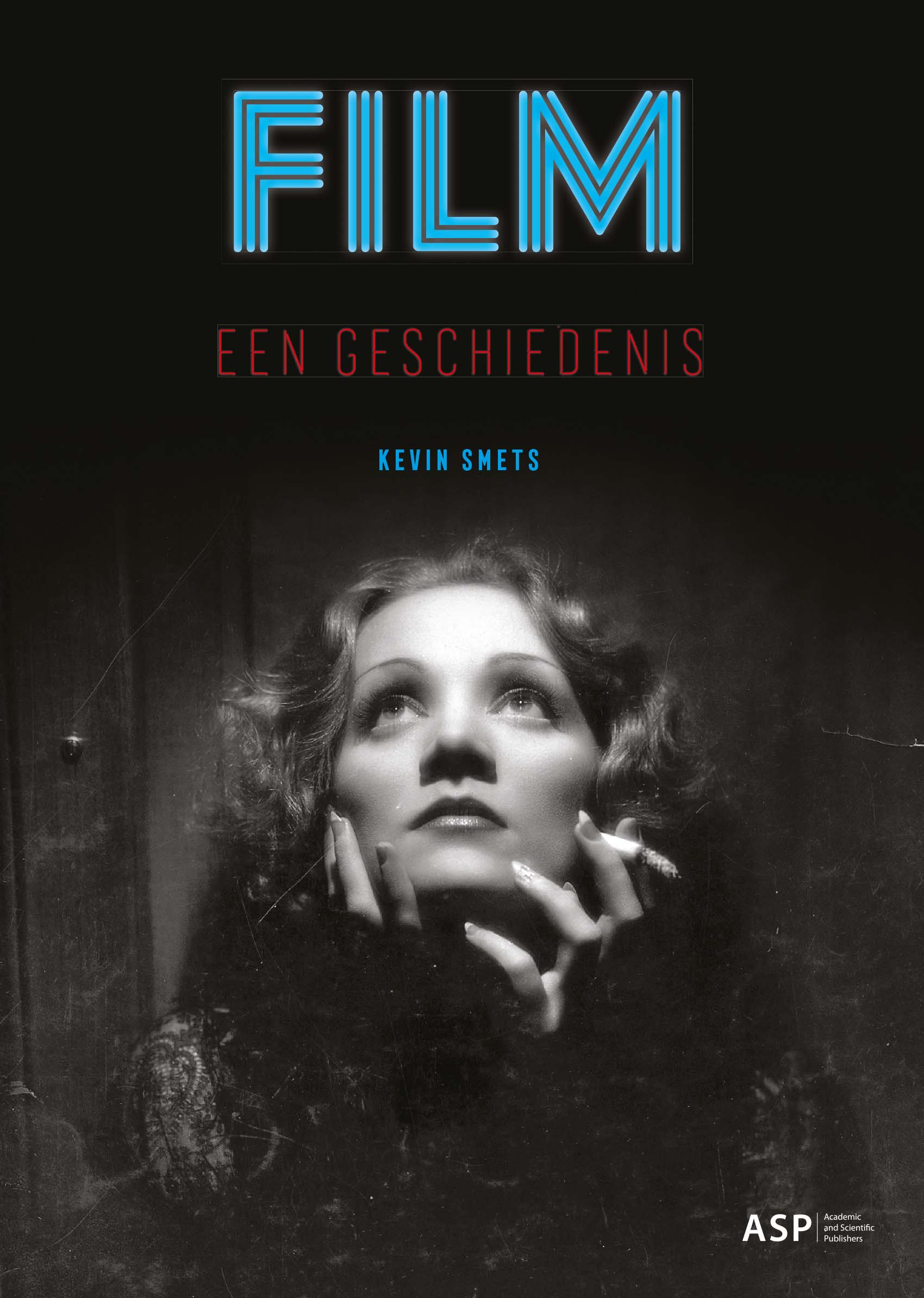Synopsis
How does wind and breath challenge the traditional conception of an image as something seen and read? The book that you hold in your hands attempts to answer this question by addressing the structural relations that have determined the representation of these motifs across different cultures. What does the pneuma – denoting both breath, wind and air – tell us about the human psyche and the structure of images? To articulate cross-historical and cross-cultural connections between representations belonging to different media, the diachronic art historical overview is particularly useful. In order to cover all of the important modes of representing the pneuma, a wide range of art historical and anthropological sources is analysed, like the Chinese landscape, the German myth of the wild hunt, the architecture of the wind, Paul Celan’s poetry and the 18th century representation of the Wind Trade (Windnegotie). The first part provides insight into the control and direction that wind has conferred to human existence. The second part addresses wind as a figure that structures our understanding of the soul, and its conception as space where affects dwell. In the final part, an iconological inquiry investigates the way in which the representations of the pneuma - from the Renaissance to 21st century art - have radically altered our understanding of the image. Reading visual structures across various artworks, the essay treats wind, air and breath as infra-motifs, intensities that have changed the canonical understanding of art and its history.






